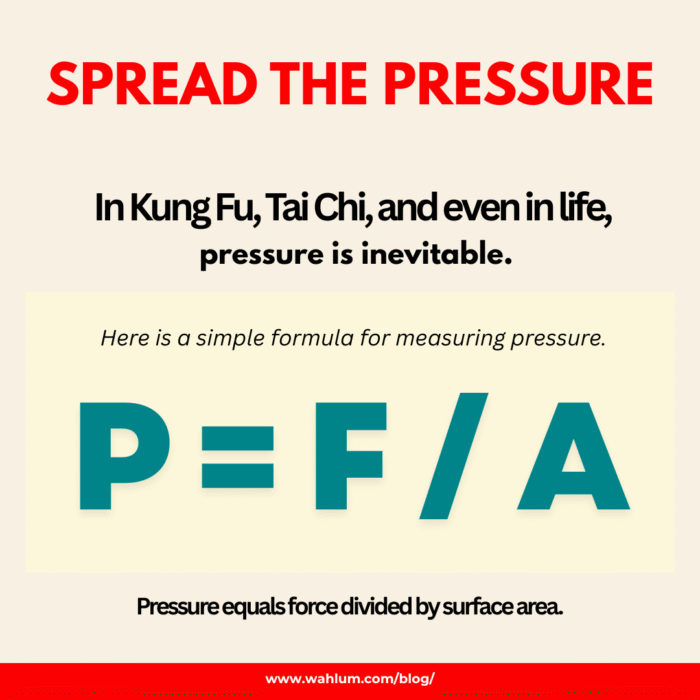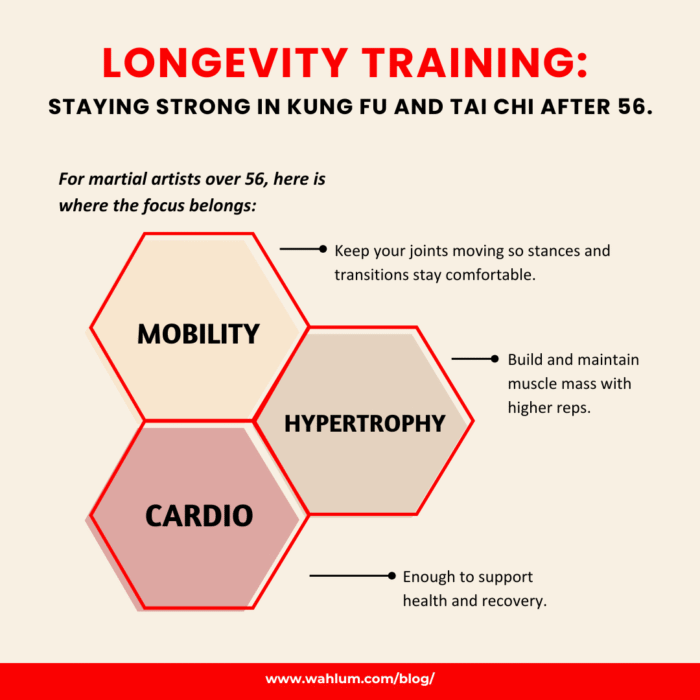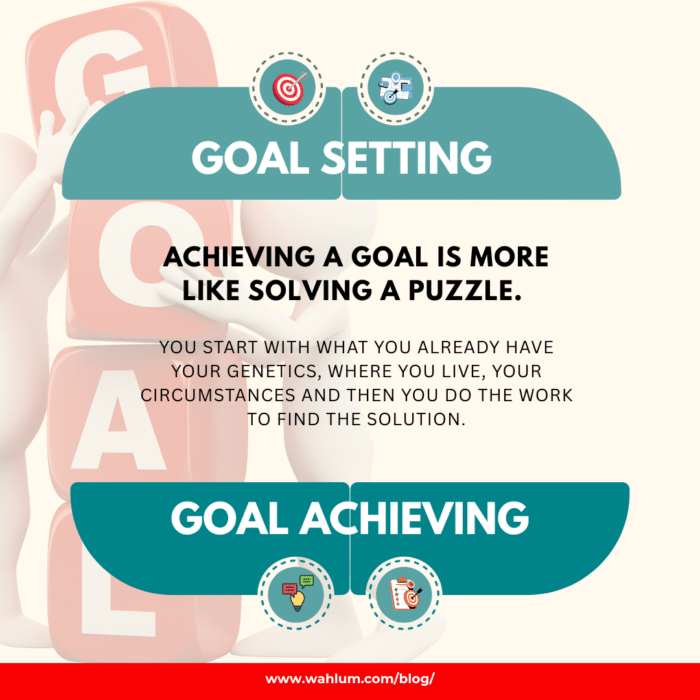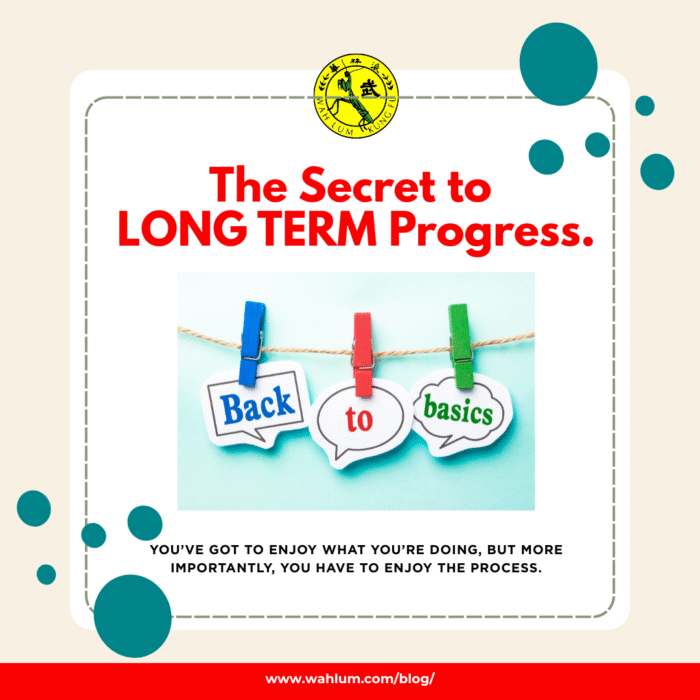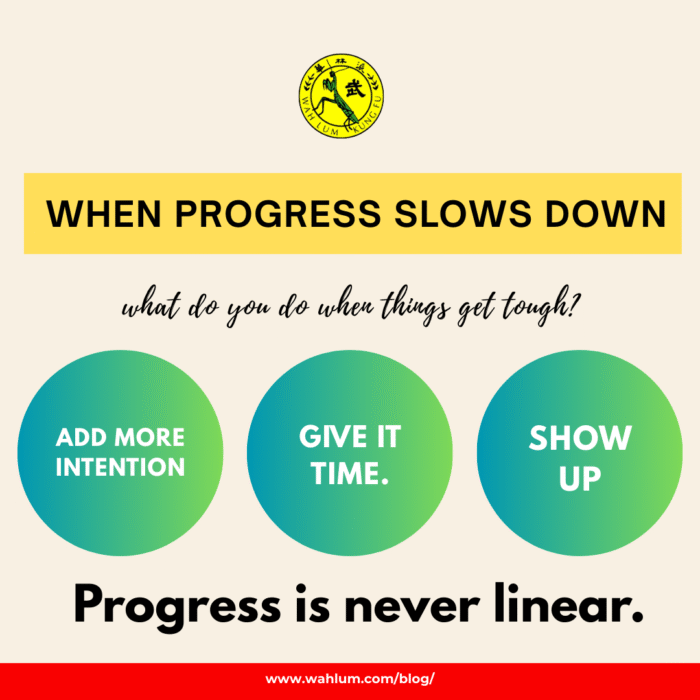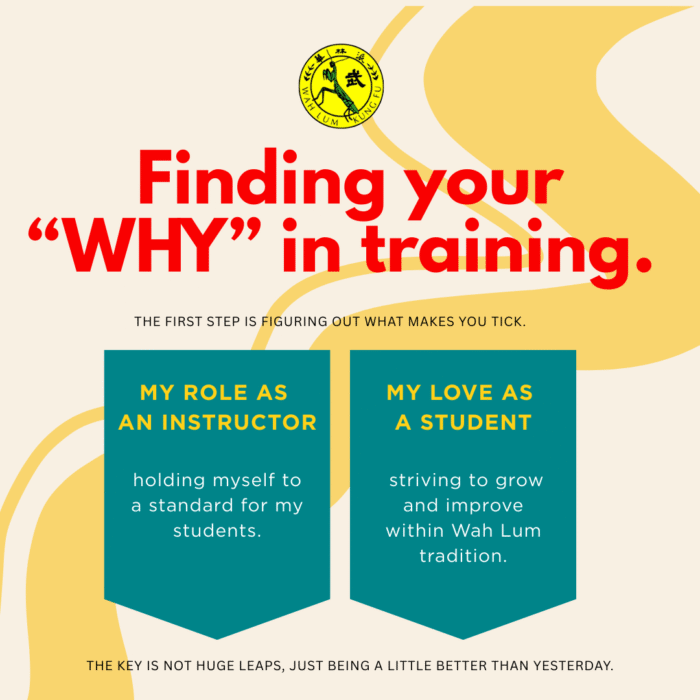Spread the Pressure
In Kung Fu, Tai Chi, and even in life, pressure is inevitable.
Strategist Lulu Cheng has a formula for measuring pressure: P = F / A — Pressure equals force divided by surface area.
If the same amount of force hits a wide surface, the pressure is low. But if that same force is concentrated into a single point — like a needle — it can pierce through anything.
It’s the same in combat and in daily life.
A wide stance, a solid structure, or a connected team spreads out the pressure. But if you’re alone or too narrow in focus, even a small, focused force can break you.
When life pushes hard, we might not be able to change the force coming at us — but we can widen our surface area.
Lean on your training partners. Ask for help. Connt with your community. Or simply take a step away and do some deep breathing.
That’s the benefit of being part of the Wah Lum family — we don’t face challenges alone. (Have you read my post on The Wah Lum Conspiracy?)
Mental and physical attacks, setbacks, and goals are all shared and supported by the people training beside you.
But when you’re the one applying force? That’s when precision matters. Be focused, specific, intentional — like the tip of that needle. That’s how you make an impact.
Remember, everything meaningful in life involves others. Nothing profound is achieved in isolation.
So when you’re feeling overwhelmed or anxious — take action. Move. Help someone.
Because action absorbs anxiety, and connection spreads the pressure.
See you in training,
Sifu Oscar
P.S. Feeling stuck? Build Momentum. Small, consistent action turns pressure into progress. Join our next cycle and keep moving forward. Reply with Momentum and I’ll get you started.
P.P.S. Whenever you’re ready, here are ways we can help you get started.
1. Schedule a time to observe a class.
Interested in Kung Fu or Tai Chi? First step is to watch a class and see if we would be a good fit! Email: kungfu@wahlum.com for an appointment.
2. Become part of my exclusive Coaching Group with CYH Remote Coaching. Get personalized coaching delivered right to your phone and catered to your specific goals.
Email: kungfu@wahlum.com for info.
